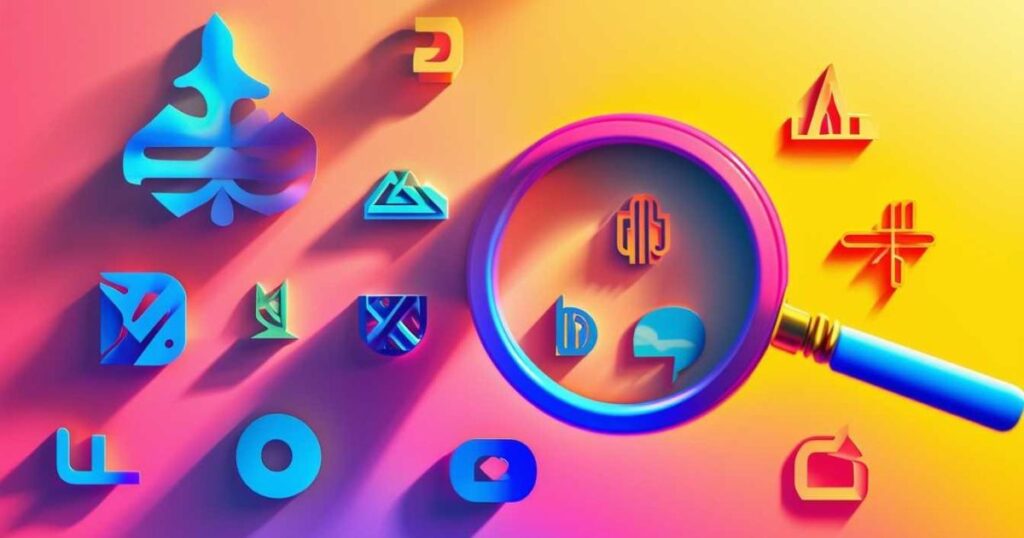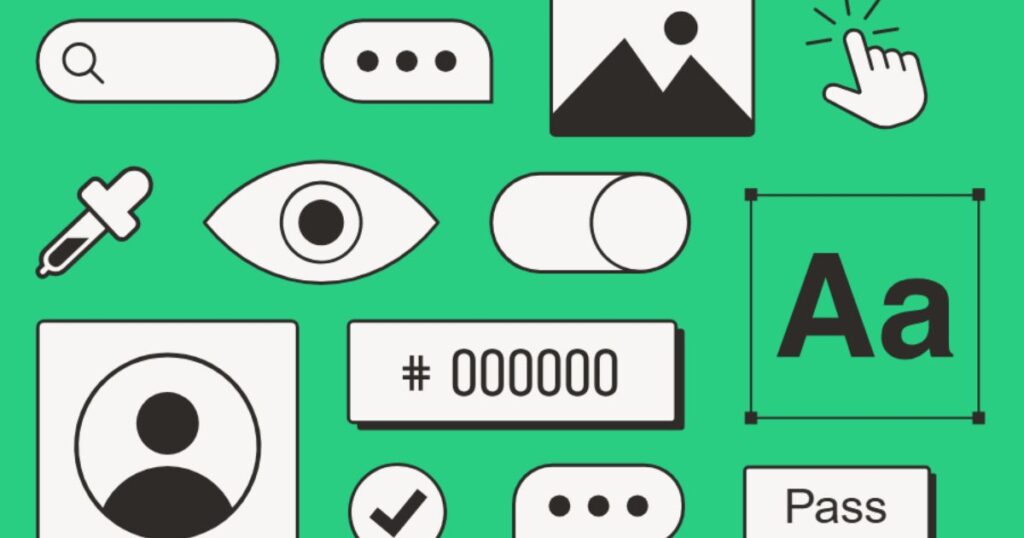Why Visual Identity Matters: Building a Brand That Sticks
In a digital-first world, branding is no longer the luxury of big corporations it’s a necessity for anyone trying to stand out. From solo entrepreneurs and small businesses to artists, content creators, and niche communities, everyone is building something. And when you’re building something, people need a way to recognize it.
It’s not just about color palettes or typefaces though those matter too. It’s about consistency, clarity, and meaning. A brand’s identity starts with how it makes people feel, and that feeling is often triggered by one simple, powerful image: the logo.
The Power of Symbols: Logos as Memory Anchors

Think of the brands you remember instantly: the swoosh, the bitten apple, the golden arches. Those logos aren’t just graphics they’re memories. Symbols like these trigger associations, trust, and recognition, often in under a second. That’s the psychological power of visual branding.
But even outside global giants, logos hold significance. A well-crafted mark can elevate a freelance portfolio, distinguish a coffee shop on a crowded street, or give an online project a sense of legitimacy. Many creatives now create logo sketches early in the process—not because they’re ready to launch, but because it helps shape the tone of what they’re building.
Designing a logo forces you to ask foundational questions:
- What do I stand for?
- What do I want people to feel?
- What impression should I leave behind?
These questions shape far more than visuals they shape direction.
Branding in the Age of DIY: More Accessible, More Essential

The democratization of design tools has opened the door for more people to express themselves visually. You no longer need a massive design team to build a cohesive brand. What you do need is intention.
With just a few tools, even non-designers can begin to create logo concepts that reflect their values, vision, or vibe. Whether it’s a handcrafted mark for an Etsy store or a minimal
I prefer you to check our other post: Matt Gutman ABC News Chief National Correspondent Complete Profile
Conclusion
In today’s visually driven marketplace, a strong visual identity isn’t just nice to have it’s essential for business success. From the moment a potential customer encounters your brand, whether through your logo, website, packaging, or social media presence, visual elements are silently communicating your values, quality, and personality.
A cohesive visual identity builds trust, creates memorable experiences, and differentiates your brand in crowded markets. It transforms abstract business concepts into tangible, recognizable elements that customers can connect with emotionally. When executed consistently across all touchpoints, visual identity becomes a powerful business asset that drives recognition, loyalty, and ultimately, revenue.
FAQs
What exactly is visual identity?
Visual identity is the collection of visual elements that represent and communicate your brand’s personality, values, and message. It includes your logo, color palette, typography, imagery style, graphics, packaging design, and any other visual components that help customers recognize and remember your brand.
How is visual identity different from branding?
While branding encompasses your entire brand strategy, personality, voice, and customer experience, visual identity specifically refers to the visual elements that represent your brand. Think of branding as the foundation and visual identity as the visible expression of that foundation.
How much should I budget for developing a visual identity?
Visual identity costs vary widely depending on your needs and who you work with. A basic logo from a freelancer might cost $500-$2,000, while a comprehensive visual identity system from a professional agency can range from $5,000-$50,000 or more. Consider it an investment—a well-designed visual identity can serve your business for years.
Thanks For Reading…







